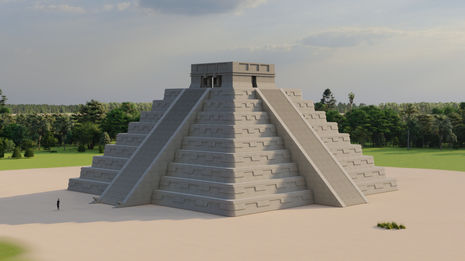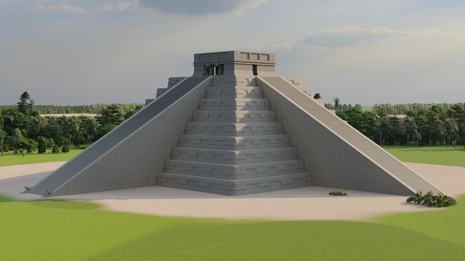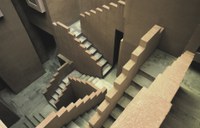Stairways to...
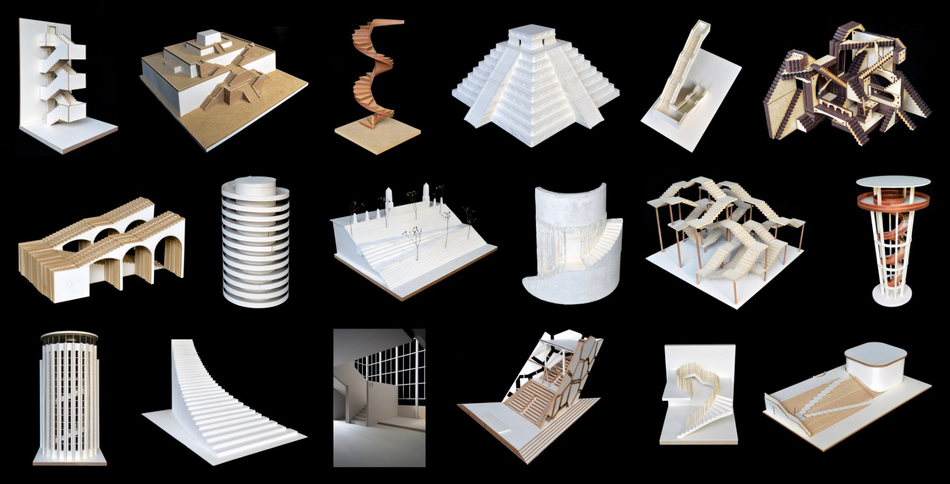 Models of the following students: Anna Scherer, Daniel Lagoa de Castro, Christine Chen, Dario Smigulan, Fanyi Kong, Elina-Sarah Lenz, Ernst-Markus Rauska, Felix Sonnenberg, Fabienne Faber, Hobin Im, Fengxian Zhao, Philippe Schertz, Paul Kullmann, Lijia Xiong, Rouven Ries, Maed Asfour, Raphael Schmitz, Philipp Latzko, Carola Nuber
Models of the following students: Anna Scherer, Daniel Lagoa de Castro, Christine Chen, Dario Smigulan, Fanyi Kong, Elina-Sarah Lenz, Ernst-Markus Rauska, Felix Sonnenberg, Fabienne Faber, Hobin Im, Fengxian Zhao, Philippe Schertz, Paul Kullmann, Lijia Xiong, Rouven Ries, Maed Asfour, Raphael Schmitz, Philipp Latzko, Carola Nuber
Digital 3D-models of the projects are available in Sketchfab.
Stairs create spatial connections. In doing so, they make certain demands on the geometry. In this semester, staircase geometries should be the focus of the seminar or elective. In addition to their function of overcoming height differences, they also become an independent spatial element in architecture with a quality of stay; lookouts and overviews are made possible. In stair towers they even become an independent structure.
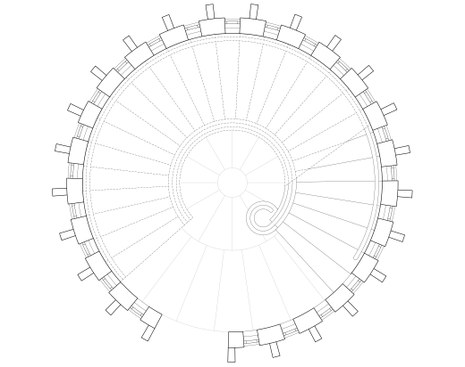
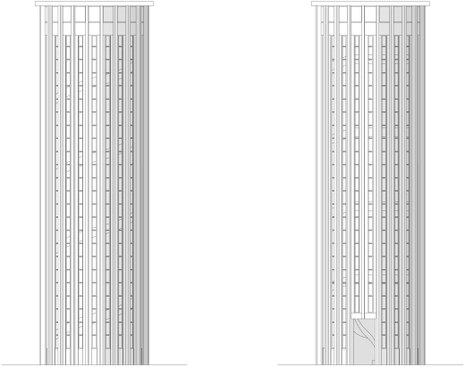
The staircase is closely related to human movement, so that the movement and geometry of the staircase are related to each other. The elements connected to the stairs such as handrails and railings should also be included in our studies.
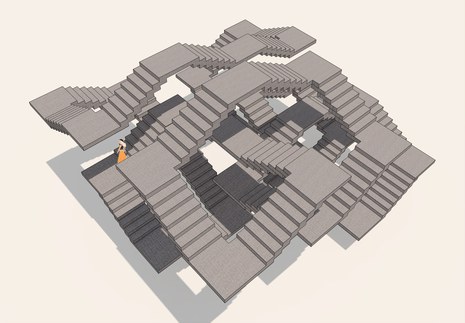

Basic rules for stairs were already defined by Vitruv, Alberti, Palladio and especially Blondel. From around 1980, Friedrich Mielke developed scalalogy as a science of stairs. The research continues today at the Friedrich Mielke Institute for Scalalogy at the OTH Regensburg.
